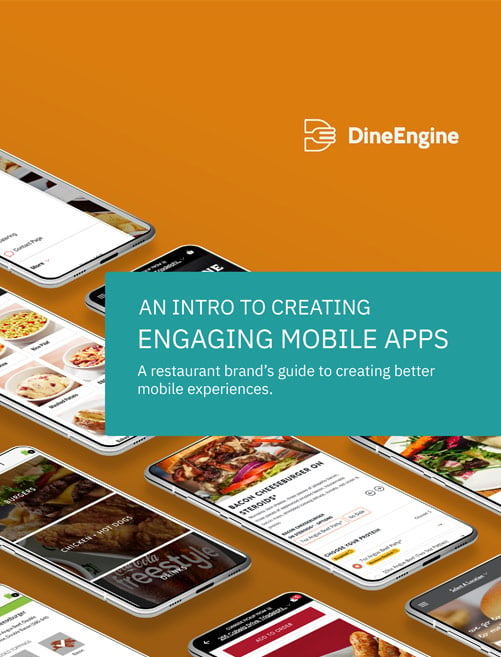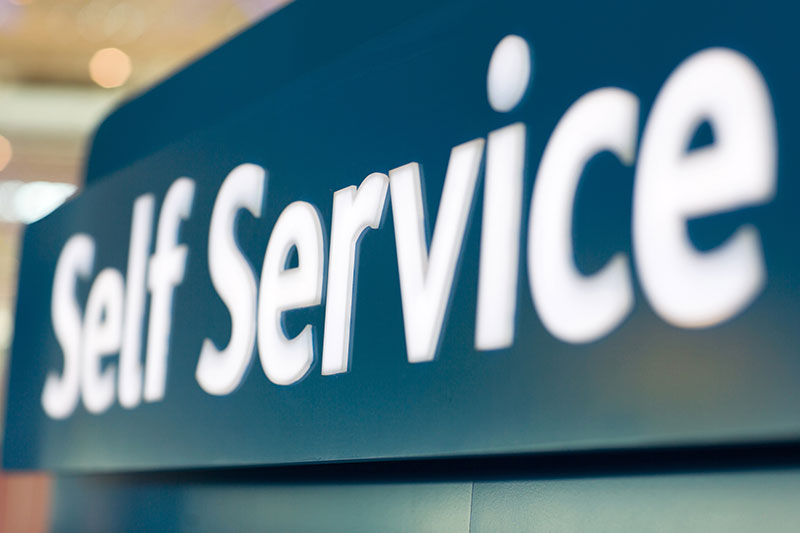Now that restaurants are getting busier but lacking resources and staffing, many brands are seeing how self-service kiosk boost profits with better guest experience.
The concept of “self-service” has existed for more than a century, but as technology continues to evolve at an increasingly rapid pace, online ordering for restaurants encourage self-service in a way that is changing the way that we consume and do business.
While innovations like self-checkout at grocery stores have been around for several years, self-service kiosks for restaurants and mobile app development for restaurants is on the rise.
But do they really make the customer experience more streamlined and convenient, and if so, how do they accomplish this?
How Self-Service Improves The Customer Experience
When the software is well-designed with attention paid to user experience (UX) for restaurants, self-service kiosks and mobile apps can improve the customer experience in many ways.
Kiosks in particular can improve order accuracy and lead to shorter lines.
Customers benefit from a greater sense of control over the specifics of their orders, which in turn results in increased customer satisfaction – and a greater likelihood that they will return in the future.
Studies have also shown that there is a 30 percent increase in customer spending when ordering through self-service kiosks.
However, if the self-service software used in kiosks or mobile apps is “rough around the edges” and runs too slowly, has a confusing interface, or doesn’t have customizable options, all of that potential for efficiency is at risk of being lost.
Who Has Been Successful With Self-Service Kiosks?
Several major chains are already using self-service kiosks with a great degree of success. McDonald’s is one of the most talked about chains to begin implementing technology services for restaurants.
The restaurants have had so much success with their kiosks, which were launched in 2015, that the chain announced a plan to add them to 1,000 stores each quarter over the next several years.
That will bring the total number of McDonald’s locations with self-service kiosks to 14,000 by the year 2020.
Panera is another chain that has been using self-service kiosks for several years. The company has reported improved order accuracy and shorter lines.
Customers also responded well to the customizable options and the ability to save their order history, as well as being able to use the restaurant’s rewards program via the kiosks.
Many other big-name chains have also gotten on the self-service bandwagon. In 2017, Wendy’s announced that at least 1,000 of its locations would be getting kiosks by the end of the year.
And Taco Bell recently unveiled its “All Access” program through which customers will be able to place group and even delivery orders through in-restaurant kiosks. The company has made self-service one of its top priorities for 2018.
Self-Service And Customer Behavior
Self-service – whether through mobile apps, websites, or kiosks – has been shown to have an impact on customer behavior.
Customers become more inclined to purchase items with names they find difficult to pronounce. They are more likely to give special instructions and add on certain items, which can lead to increased sales.
And there is even more of a chance that they will add a drink when they normally wouldn’t. All of these behaviors can add up to increased sales and repeat customers, especially if loyalty and rewards integration for restaurants is being used.
The Outlook For Self-Service
2018 is slated to be a monumental year for self-service. An increasing number of businesses, not just restaurants, are launching mobile apps, which means customers are becoming increasingly reliant on them.
In the U.S., the projected annual growth of the interactive kiosk market through 2021 is 7.2 percent. For a business to cash in on that growth, the key is to ensure that they strive to create the most efficient and user-friendly software possible for their customers.













0 Comments